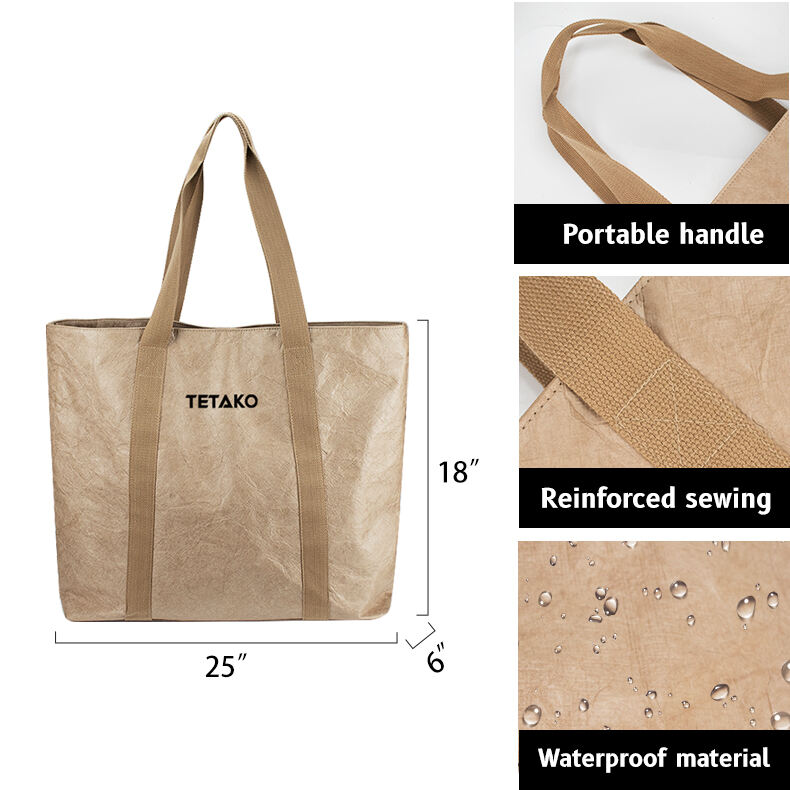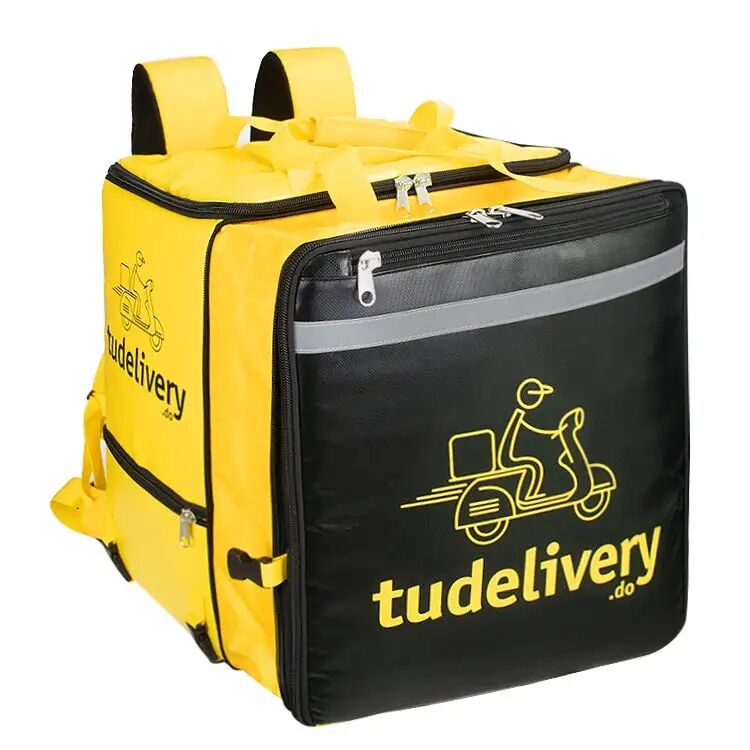
Why Insulated Custom Delivery Bags Are Essential for Food Services
In the food service industry—restaurants, cafes, meal kit services, and catering businesses—delivering food at the right temperature is non negotiable. Cold foods need to stay chilled to prevent spoilage, while hot dishes must retain heat to maintain flavor and safety. Insulated custom delivery bags solve this critical challenge by preserving temperature, reducing food waste, and keeping customers satisfied.
A 2024 Food Delivery Trends Report shows that 79% of customers refuse repeat orders from businesses that deliver cold hot food or warm cold food. Custom insulated bags address this by offering tailored protection: unlike generic bags, they can be designed to fit specific food containers (from pizza boxes to soup bowls) and branded with logos to boost brand visibility. For food services, these bags aren’t just tools—they’re an extension of the brand’s commitment to quality and safety.
Insulated delivery bags also cut costs long term. The same report notes that businesses using uninsulated bags waste 15–20% of food due to temperature issues, while those with insulated options reduce waste by up to 80%. Customization further optimizes efficiency, as bags can be sized to fit delivery vehicles (motorcycles, bikes, or cars) without taking up unnecessary space.
Key Insulation Technologies for Food Delivery Bags
Foam Insulation
Foam insulation is a popular choice for its affordability and lightweight design. Made from closed cell foam, it traps air to create a thermal barrier that retains both heat and cold. Foam insulated bags are ideal for short distance deliveries (30 minutes or less) and work well for sandwiches, salads, and hot snacks. They’re easy to customize—logos can be printed directly on the outer fabric, and they come in various sizes to fit small to medium food orders.
Most foam insulated custom bags have a waterproof outer layer (like polyester) to protect against rain and spills, and a moisture resistant inner lining for easy cleaning. They’re also durable enough for daily use, making them a budget friendly option for small restaurants or local cafes.
Reflective Insulation
Reflective insulation uses a thin layer of metalized material (often aluminum) to reflect heat away from cold food and trap heat inside for hot dishes. This technology is more effective than foam for longer deliveries (up to 1 hour) and extreme temperatures—whether hot summer days or cold winters. Reflective insulated bags are often used for meal kits, catered events, and deliveries that require precise temperature control, like sushi or hot pasta.
Custom reflective bags can be enhanced with additional layers of insulation for extra protection, and their sleek surface makes branding stand out. Many also feature Velcro or zipper closures to seal in temperature, and some have mesh pockets for utensils or condiments.
Vacuum Insulation
Vacuum insulation is the premium choice for food services that need maximum temperature retention. It removes air from the insulation layer, creating a near perfect thermal barrier that keeps hot food hot (above 140°F) and cold food cold (below 40°F) for 2–3 hours. This technology is ideal for long distance deliveries, catering for large events, or premium food items like steak or ice cream.
Custom vacuum insulated bags are more durable, with heavy duty outer fabrics (like canvas or reinforced polyester) and leak proof inner linings. They can be designed with dividers to separate different food items (preventing cross contamination) and adjustable straps for easy carrying. While more expensive than foam or reflective options, they save money by reducing food waste and improving customer satisfaction.
Customization Features for Food Service Needs
Size and Shape Customization
The best insulated delivery bags are tailored to the food being delivered. Pizzerias might order large, flat custom bags to fit 12 inch or 16 inch pizza boxes, while smoothie shops could choose tall, narrow bags for drink cups. Meal kit services often opt for medium sized bags with multiple compartments to separate ingredients, and catering businesses need extra large bags for full meal trays.
Custom sizing also fits delivery vehicles: bike couriers benefit from compact, lightweight bags that attach to the bike, while car delivery services can use larger bags that fit in trunks. This customization ensures efficiency and prevents bags from taking up unnecessary space.
Branding and Functional Add Ons
Branding is key for food services, and custom insulated bags offer ample opportunities. Logos can be printed, embroidered, or heat transferred onto the bag’s outer surface—turning every delivery into a marketing opportunity. Many businesses also add contact information or slogans, making it easy for customers to reorder.
Functional add ons enhance usability: zippered closures seal in temperature better than flaps, while clear windows let delivery drivers quickly identify orders. Some bags have external pockets for order slips or hand sanitizer, and others feature Velcro straps to attach to bikes or car seats. For catering, bags with wheels or telescopic handles make transporting heavy orders easier.
Material and Lining Choices
The outer material of custom insulated bags should be durable and weather resistant—polyester or nylon works well for most cases, while reinforced canvas is better for heavy use. The inner lining should be easy to clean (like vinyl or food grade polyester) to prevent stains and odors from food spills. For businesses focused on sustainability, eco friendly options like recycled polyester outer layers or biodegradable insulation are available.
How to Choose the Right Custom Insulated Delivery Bag
Start by assessing your delivery needs: short distance deliveries can use foam insulation, while long distance or premium food needs vacuum insulation. Consider the food type—hot dishes might benefit from reflective or vacuum insulation, while cold foods work well with any insulation type.
Budget is another factor: foam bags are the most affordable, reflective bags offer a middle ground, and vacuum bags are premium but cost effective long term. Test samples before ordering in bulk to ensure the bag fits your food containers and maintains temperature as needed.
Finally, choose a supplier with experience in food service. They’ll understand the need for food safe materials, on time delivery, and customization that fits your specific business. Ask for references from other food service clients to ensure quality.
Case Example: Cafe’s Custom Reflective Delivery Bag Success
A small cafe in Seattle specializing in gourmet sandwiches and soups struggled with cold deliveries in winter and warm salads in summer. They switched to custom reflective insulated bags, designed to fit their sandwich boxes and soup containers. The bags featured the cafe’s logo, zippered closures, and a small pocket for order slips.
Within three months, customer complaints about temperature dropped by 95%, and repeat orders increased by 28%. The cafe also noticed a 15% reduction in food waste, as fewer orders were returned due to poor temperature. The branded bags helped boost visibility—several new customers mentioned seeing the bags during deliveries. The cafe’s owner noted that “the custom insulated bags didn’t just improve our service—they became a key part of our marketing.



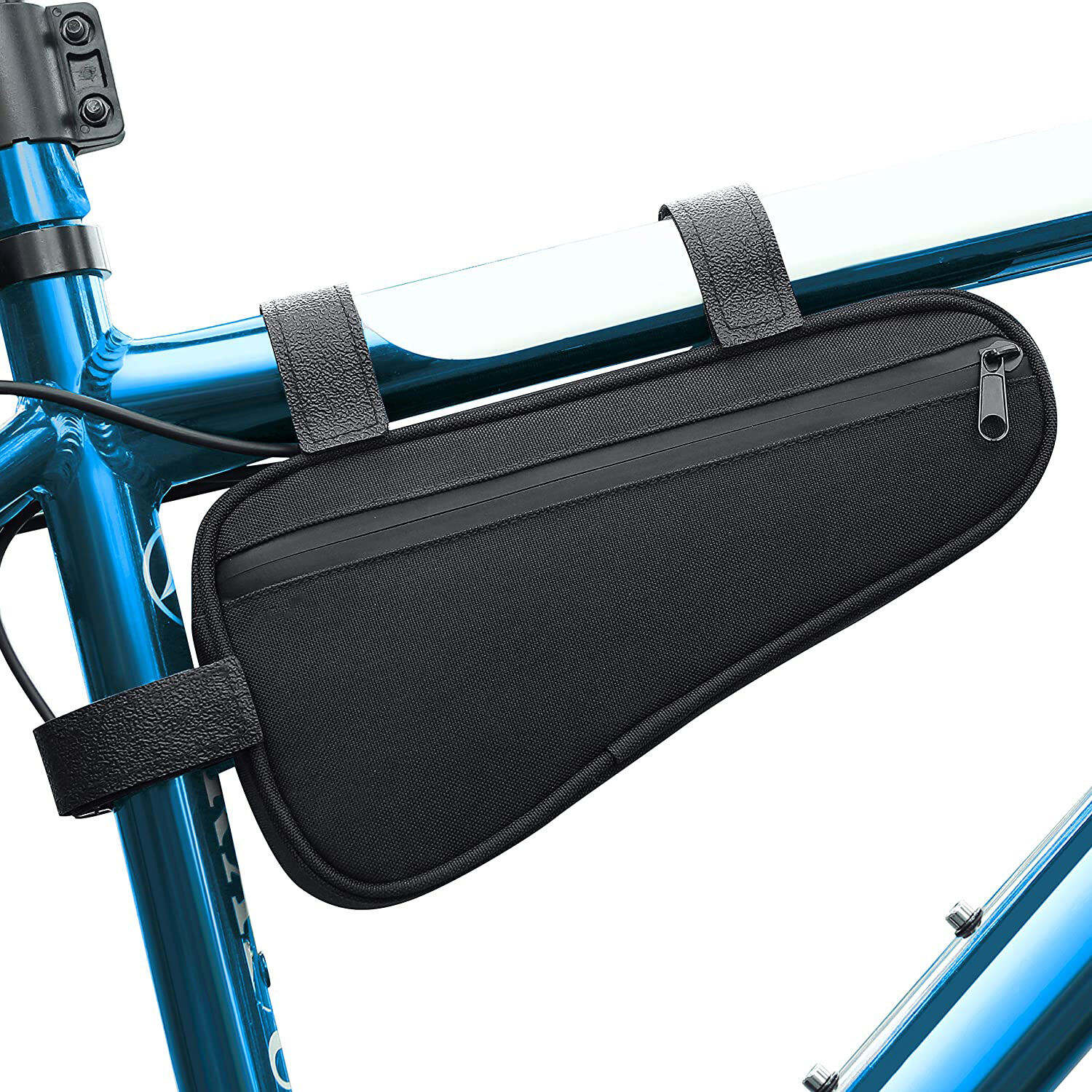
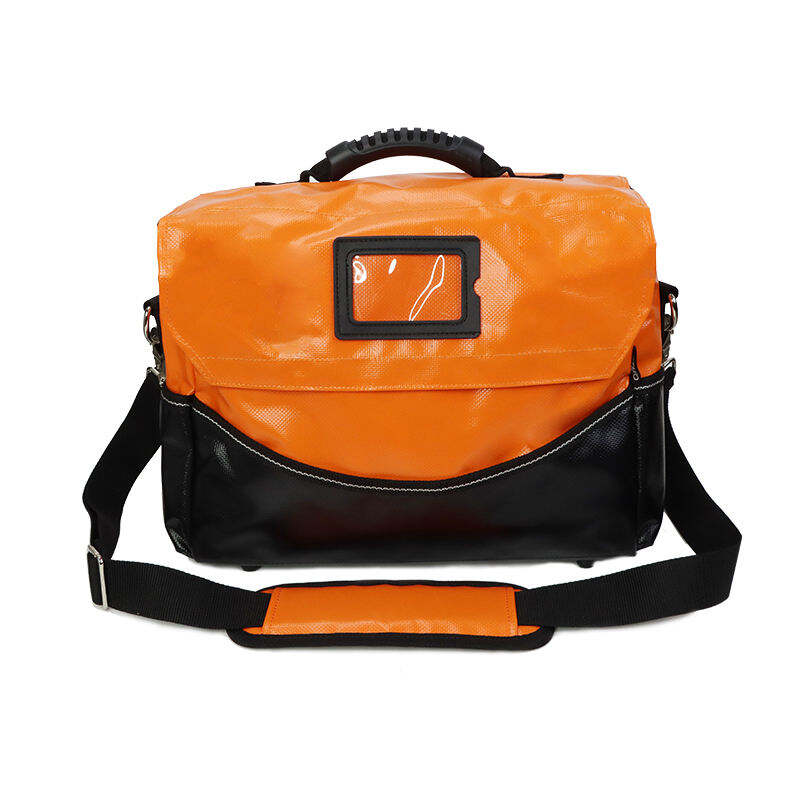
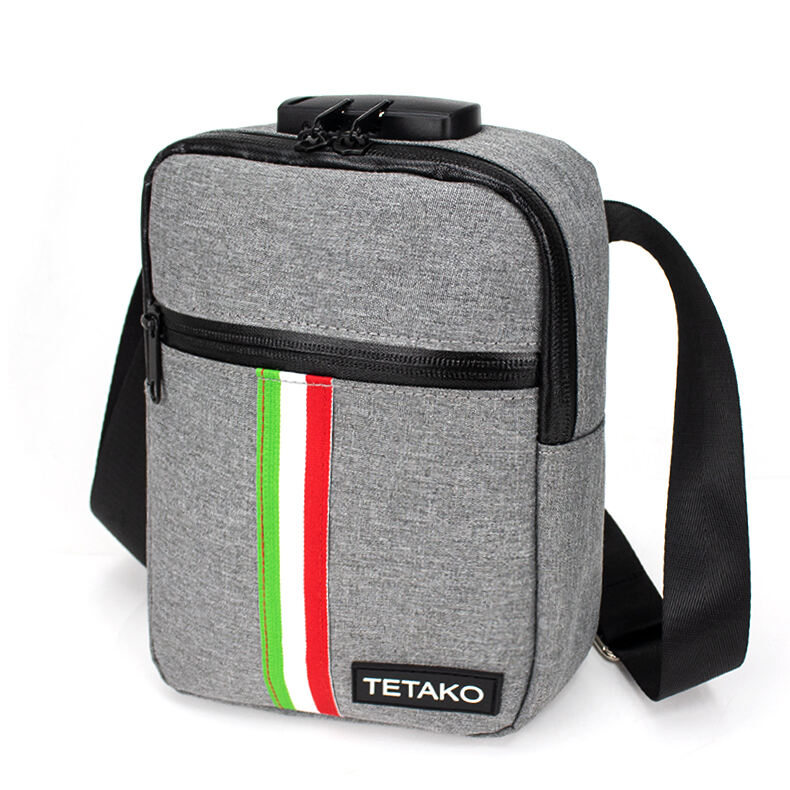
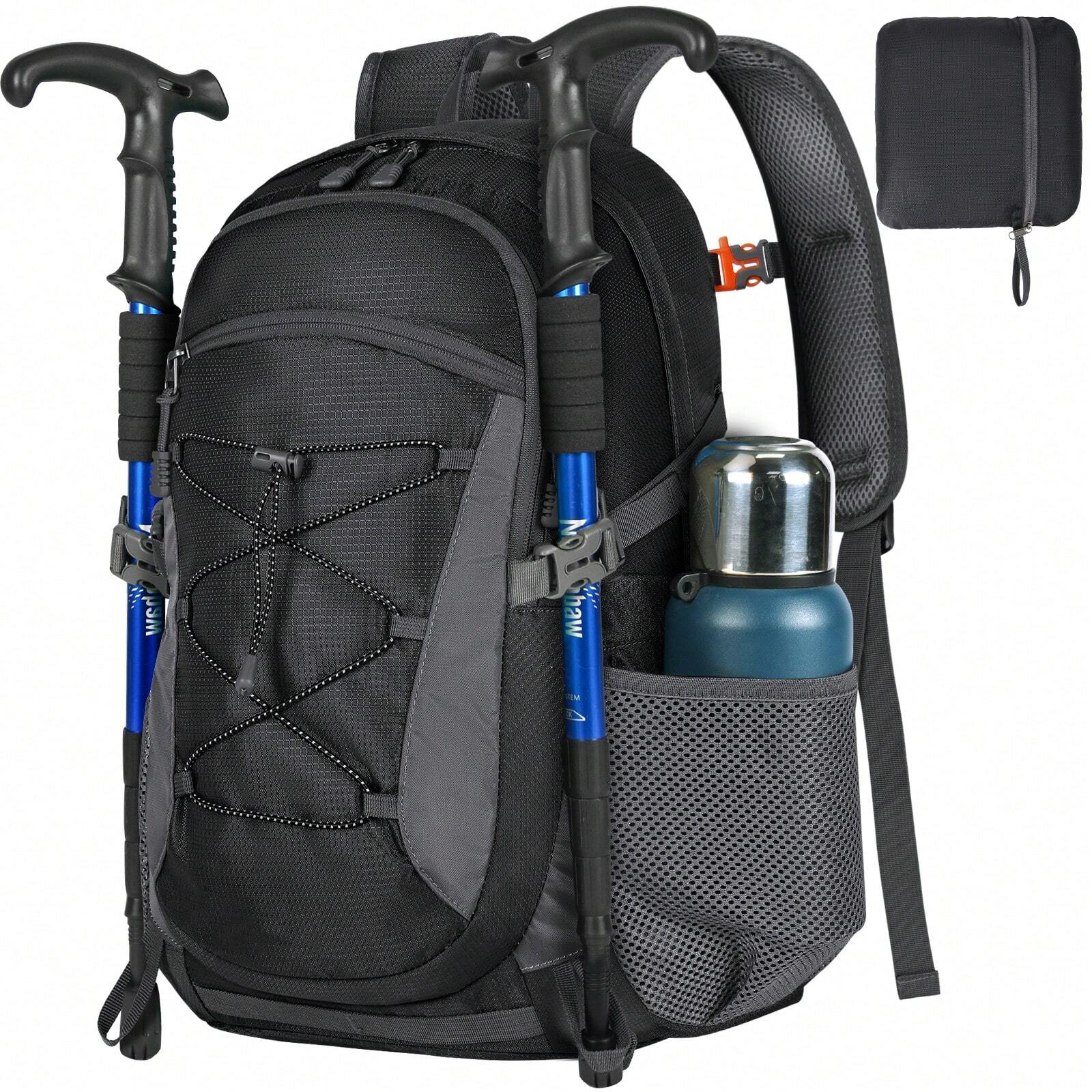

 Hot News
Hot News